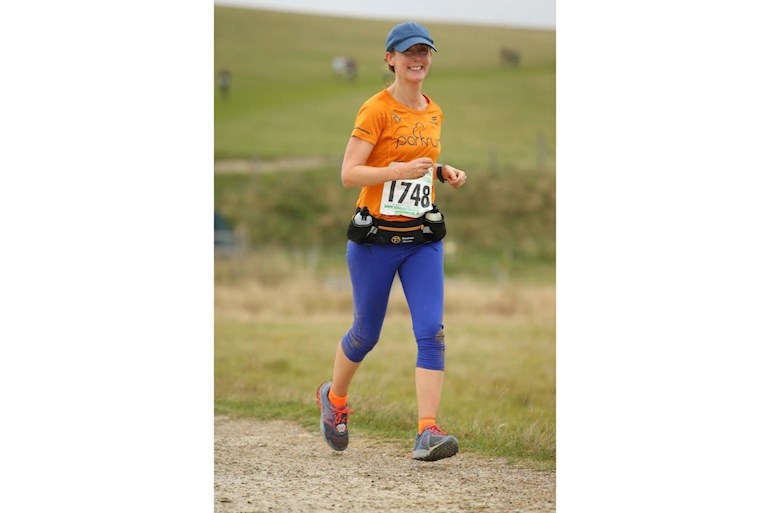Hi all!
I posted about this on Strava yesterday, and I thought I'd copy and paste it here, ha 💥
I listened to Tina Muir's podcast interview with the American "masters runner" (that just means a runner who's over 40) and coach Pete Magill last week.
What he said on it really chimed with my recent thinking about half marathon training, and a simple plan he suggested has inspired me to get to work on improving my speeds at 5K, 10K, and half marathon - and also the marathon! Although I'll not be doing another one of those until next year 😊
The following comes from Tina's website, with a couple of tiny edits by me 😊
If you are getting back into running, or running into old age, it is imperative that you recover correctly. Magill says that recovery is not the goal, super compensation is the goal. Super compensation is the second part of recovery when your body has strengthened to complete an even more difficult training session. To reach super compensation, Pete recommends resting for one additional day after your body feels fully recovered.
The other aspect of proper recovery is to avoid training too hard. This can mean skipping your last set, or running 10 minutes less than you planned. Pete says that you can only make a little bit of improvement each day, so you shouldn’t over work for that little bit of improvement that is possible. Be consistent, take the time to recover, and don’t over train in your individual sessions.
💥 A SAMPLE 5K WORKOUT FOR A MASTERS RUNNER (OR FOR ANYONE!) 💥
Pete says that if you train your body to run a fast 5k, then you have also trained your body to run a fast 10k and a fast marathon (with a few additional long runs). Training for a 5K requires you to train, slow, medium and fast twitch muscle fibers. Once you have built a strong body that uses all your muscle fibers, you are ready for any race.
★ Monday: V02 Training. This is your fast twitch training. In these runs you want to run at a 5K or even a 3K effort. In your first week you should start by running 5-10 sets of one-minute runs with a 3-minute jogging recovery in between each run. Increase the time and the intervals until you are running 5 sets of 5-minute runs.
★ Thursday: Tempo Work. This is your intermediate muscle group. Do 1-2 sets of 10-20-minute runs at a 10K (or half marathon) effort. Just like the V02 training, you should work up to the number of sets and the duration of the run.
★ Sunday: Long Run. Easy effort. Your slow twitch muscles. For 5K training, these long runs should be between 90 and 120 minutes. Like the other two workouts, work up to the amount of time you are running. Long runs can do wonders for your 5K. Some of the benefits include: generating a better stride, teaching your body how to burn fat, and creating a more efficient nervous system.
Obviously this is a nine-day cycle of running, similar to my original half marathon plan 😊 If you need to organise yourself around a seven day week you will have to take longer breaks between the runs sometimes. So for example if you can only do your long run on a Sunday, it would have to be every OTHER Sunday making a pattern of three runs one week, two the next, and so on.
💥 About Pete Magill, from his website petemagill.com
Magill has coached at the youth, high school, open, and masters levels. As a masters athlete and coach, he’s led his Southern California clubs to 19 masters national championships in cross country and road racing. He’s won the individual title in six masters national cross country championships, holds multiple American & World age group records, and ran 14:45 for 5000 a few months before turning 50, a time never matched or beaten by a runner 49 or older.
💥 The picture is of me running the 2016 Beachy Head Marathon in my parkrun top, demonstrating another way that a 5K can improve your marathon 😄
NB Running the Beachy Head Marathon faster is definitely one of my goals!!!!
💥 Here is a link to my post about the Half Marathon Training Plan:


 but I like the explanations in here as well. I'm a theory geek...
but I like the explanations in here as well. I'm a theory geek... 